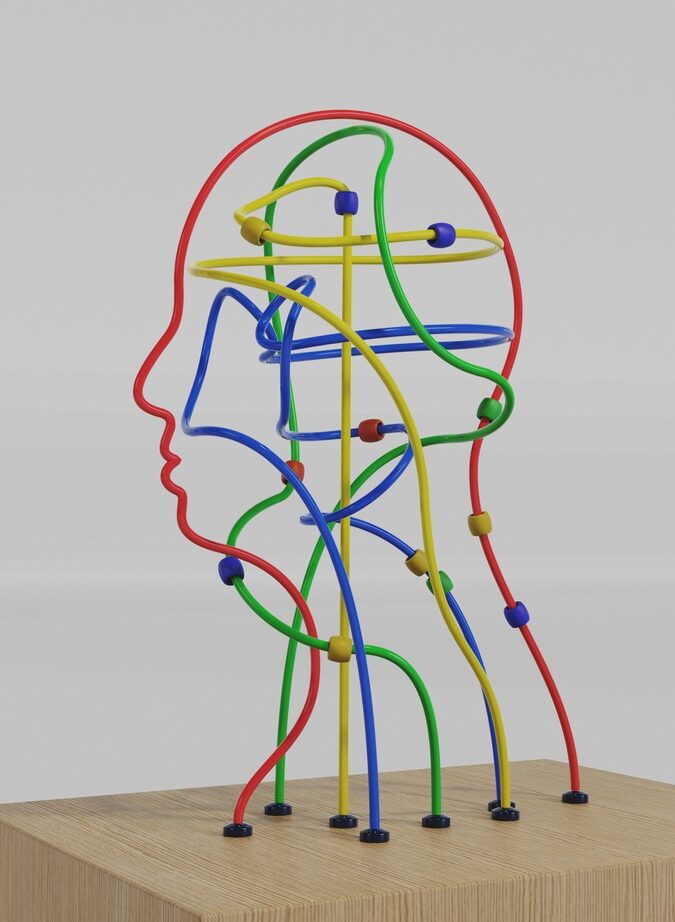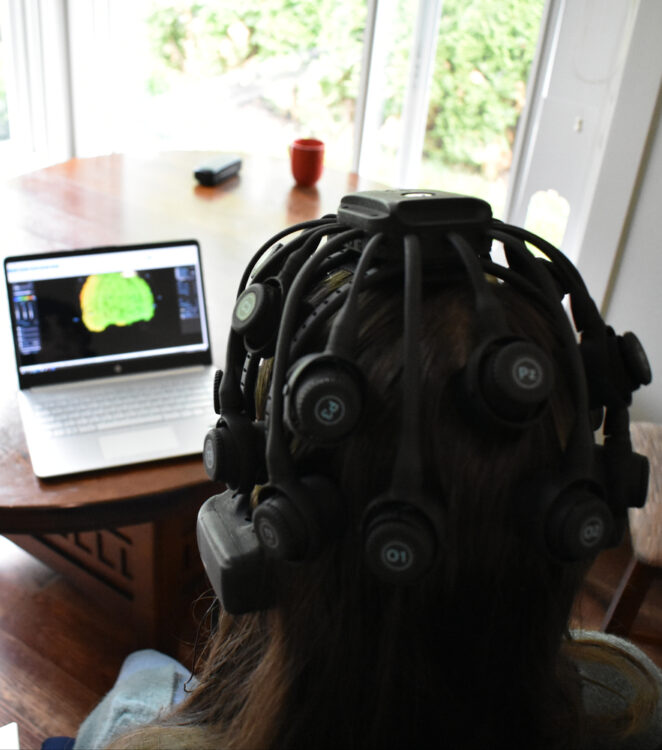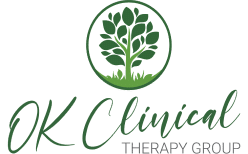Your Brain, Clearly Understood
Life can feel confusing when your thoughts, mood, or focus don’t line up with how you want to feel or function. Sometimes the source of that struggle is clear; other times, it’s hard to pinpoint what’s getting in the way. Brain Mapping (qEEG) offers a calm, non-invasive way to look beneath the surface—turning your brain’s activity into a clear picture that helps make sense of what you’re experiencing.
Each person’s brain is unique. Your history, strengths, stressors, and environment all shape the patterns we see. Brain Mapping doesn’t label or judge; it provides insight. With a supportive clinician by your side, you’ll explore what the map suggests and how it can guide next steps—whether that’s targeted counselling goals, skills practice at home, neurofeedback, or simply a better understanding of yourself. Our aim is gentle clarity and practical direction, so you can move forward with confidence.
Available At These Locations
*Also available in the Okanagan based on demand. Please reach out to inquire about upcoming availability.

What is Brain Mapping?
Brain Mapping qEEG (short for quantitative electroencephalography) is a safe, non-invasive way to record your brain’s electrical activity. Small sensors are gently placed on the scalp to measure brainwaves while you sit comfortably.
Those recordings are analyzed and compared to validated clinical/normative databases to create clear visual maps, which are often shown as topographic or 3D-style renderings of how different brain regions are functioning and communicating. These visuals can highlight patterns linked to concerns such as attention and focus, mood regulation, sleep, sensory processing, and changes after concussion/brain injury (e.g., anxiety, ADHD, depression, insomnia).
Note: Brain Mapping does not diagnose or treat conditions on its own. It provides an objective picture of your brain’s activity that can inform next steps in your care.
How Can Brain Mapping Help Me?
Understanding how your brain is working is the first step toward meaningful change. Brain Mapping turns brainwave data into clear visuals and practical direction:
-
Objective insight: Reveals patterns tied to focus/attention, mood regulation, sleep quality, sensory processing, and self-regulation, so you’re not guessing.
-
Connects symptoms to patterns: Helps identify potential contributors to challenges like distractibility, low mood, anxiety, or poor sleep.
-
Personalized next steps: Informs a tailored plan, whether counselling goals, skills practice at home, neurofeedback, or referrals to other supports.
-
Roadmap & baseline: Provides a starting point you can use to track progress over time and adjust your plan as you go.
-
Comfort & safety: Fully non-invasive, gentle sensor placement, and a calm, clinician-guided experience designed to keep you relaxed.


How to Get Started:
Brain Mapping (qEEG) can support adults, teens, and children who want clearer insight into patterns related to attention/focus, stress and mood, sleep, sensory processing, or recovery after setbacks. It does not diagnose conditions; rather, it highlights patterns that help craft a personalized care plan.
Your Brain Mapping Journey
Why Choose
OK Clinical?
At OK Clinical, you benefit from a supportive, evidence-based team dedicated to your wellbeing. We offer specialized services and advanced assessment tools like qEEG. Here we offer personalized care plans that recognize your unique needs and goals.
Current Brain Mapping Providers
How Brain Mapping differs from Psychological Assessments & Neurofeedback
Psychological Assessments evaluate learning, cognition, and behaviour via standardized tests and clinical interviews.
Neurofeedback is a training/therapy approach; Brain Mapping often serves as the starting map that helps choose direction for training or other interventions.
Brain Mapping (qEEG) captures physiological brain activity to visualize functional patterns.

What to Expect & How to Prepare
1. Preparing for Accurate Results
Arrive with clean, dry hair and avoid gels, sprays, or conditioners so the sensors make optimal contact. For roughly 24 hours beforehand, avoid alcohol, recreational drugs, cold medications, and excess caffeine. If you’re a regular caffeine user, keep your usual amount and let us know what you had. Aim to be well-rested and have a light snack so you’re comfortable. Continue any prescribed medications as directed unless your clinician has advised otherwise.
2. Your Mapping Session
Small, gentle sensors are placed on your scalp while you sit comfortably. For short recording intervals, you’ll be asked to remain relatively still and quiet to ensure clean, reliable data. Your clinician will guide you through each step, answer questions, and prioritize comfort. When appropriate, you may preview 3D-style visualizations that translate your brainwave activity into clear, easy-to-understand images, helping you connect what you feel day-to-day with what we see in the data.
3. After Your Appointment
Following the session, your recording is analyzed and summarized into a clinician-interpreted report. Your clinician will meet for a results recap to explain findings in plain language, answer questions, and outline thoughtful next steps tailored to your goals, such as counselling focus areas, home skills practice, or neurofeedback where appropriate. Most clients review results within one to two weeks, giving enough time for careful analysis while keeping your momentum moving forward.
Frequently Asked Questions
Take the First Step in Understanding your Brain’s Unique Patterns.
Take the first step and schedule a complimentary 20-minute phone consultation. We can explore if a Brain Mapping (qEEG) would be of benefit to you. Additionally, our dedicated team can provide insights and recommendations to guide you on your mental health journey if you are in need of other services.

